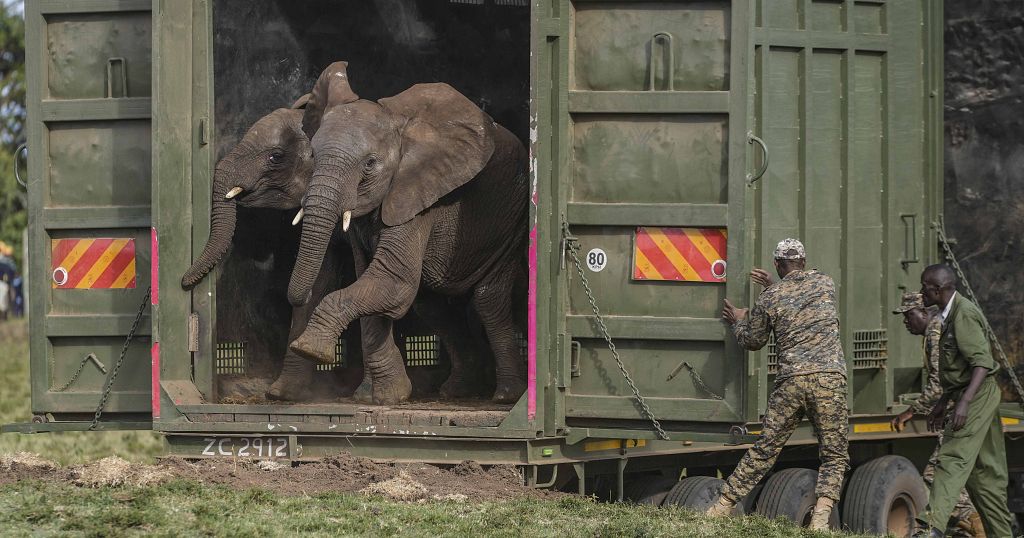Kenya Relocates 50 Elephants to Ease Overcrowding and Human-Wildlife Conflict
Kenya has made a significant step towards easing environmental pressure and reducing conflict between humans and wild animals by relocating 50 elephants from the Mwea National Reserve to a larger park. The move is aimed at reducing overcrowding in the small reserve, which can no longer accommodate the growing elephant population.
According to Tourism and Wildlife Minister, Rebecca Miano, the ideal carrying capacity of the Mwea Reserve is 47 elephants, but the last national wildlife census recorded a staggering 156 elephants. This has led to a surge in the number of elephants straying from the reserve, causing human-wildlife conflict.
"We’ve seen elephants stray from the national reserve, to people’s farms and compounds, therefore causing human-wildlife conflict," Miano said.
The decision to relocate the elephants is also seen as a positive sign that poaching in Kenya is under control. The reason behind the rapid growth in the elephant population is unclear, but officials speculate that it may be due to a decrease in poaching activities.
However, the move has not been without its challenges. With not enough food to eat in the small reserve, the elephants began searching for sustenance on nearby farms, causing concern for local residents.
"It was a big problem. We were suffering with food in the gardens. Even for children, going to and from school has been a problem. They were very afraid. Even going home at night has been a nightmare," said Rehema Kamene, a local resident.
The good news is that the elephants have arrived safely in their new home in the bigger Aberdare National Park, located some 120 kilometers away in central Kenya. The $93,000 project was funded by the wildlife agency, which has also planned a second phase to relocate another 50 elephants in the near future, although a date has not been disclosed.
The relocation of the elephants is a significant step towards reducing human-wildlife conflict and maintaining the well-being of both humans and animals in the region.
